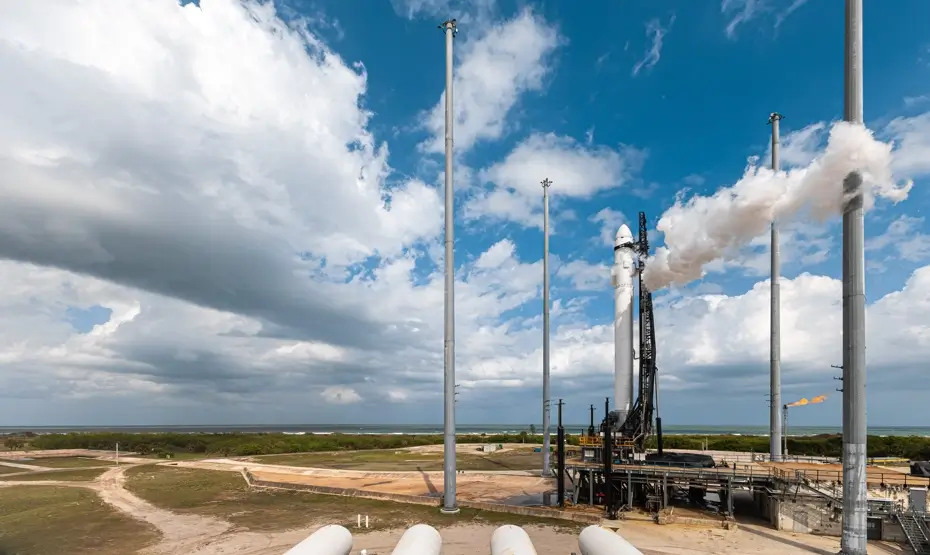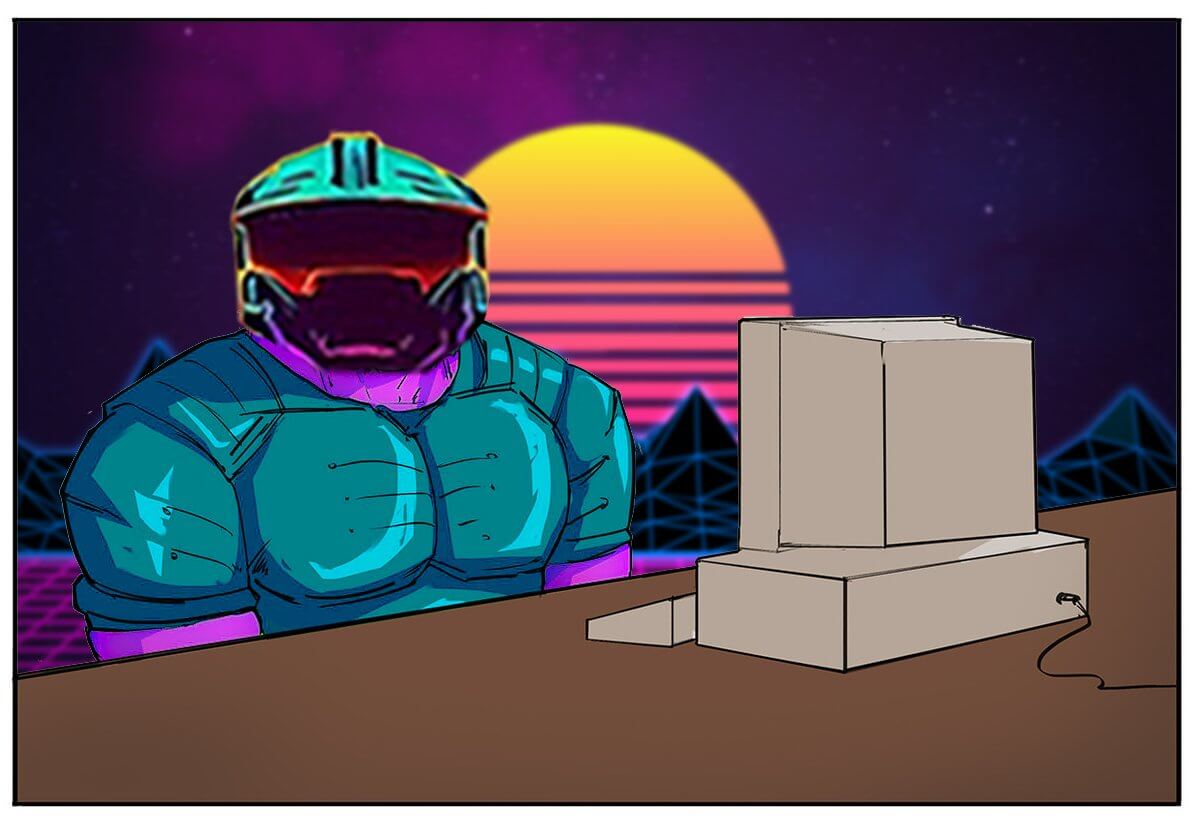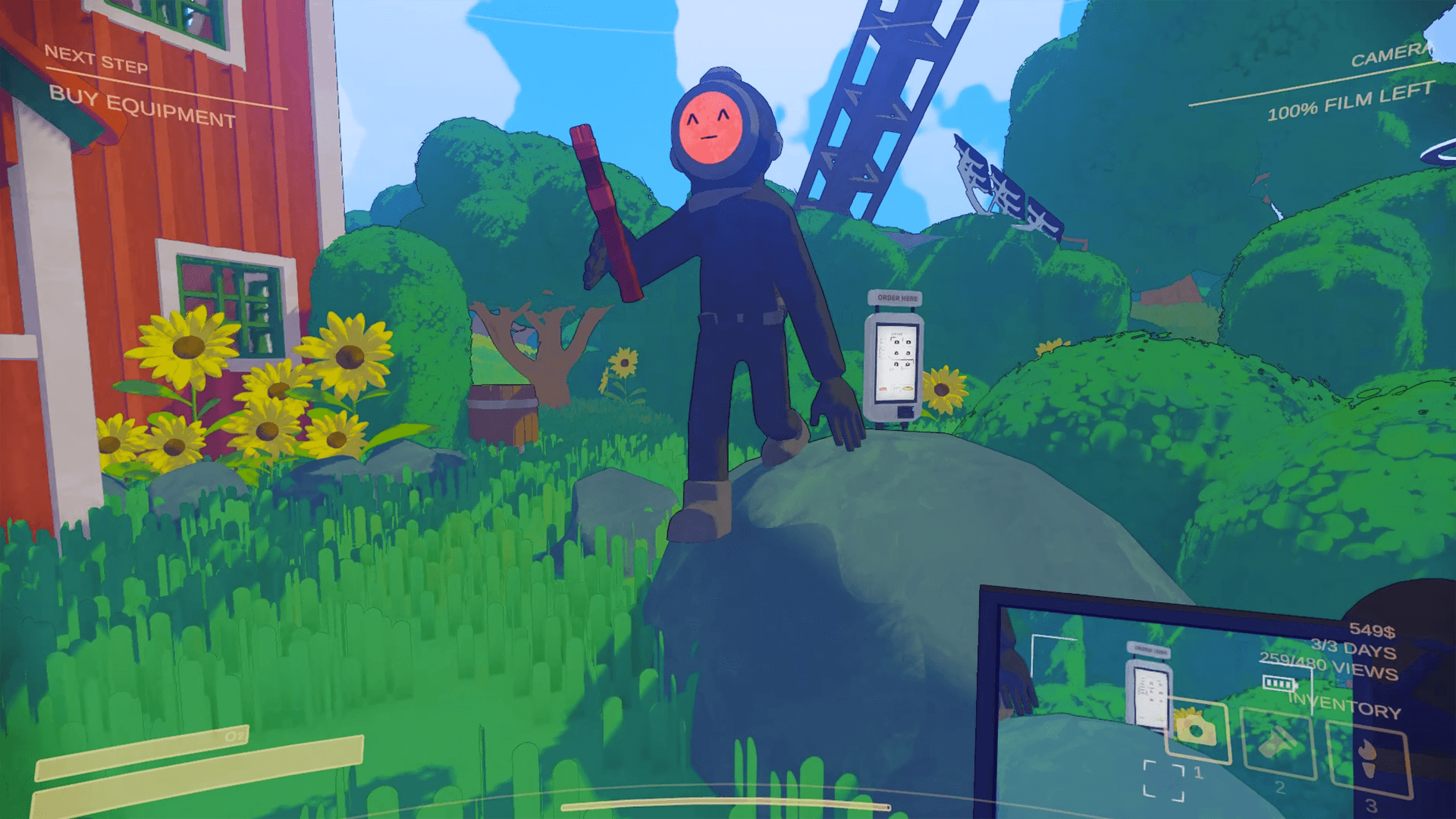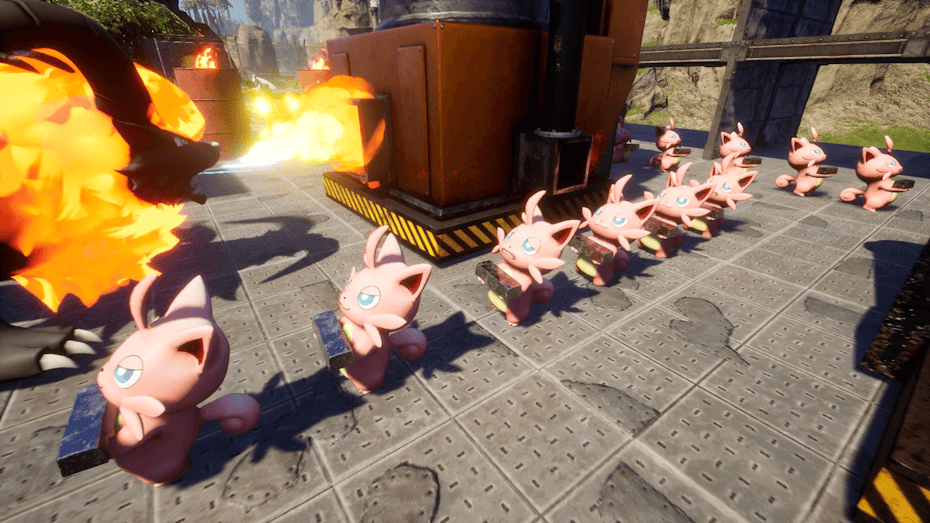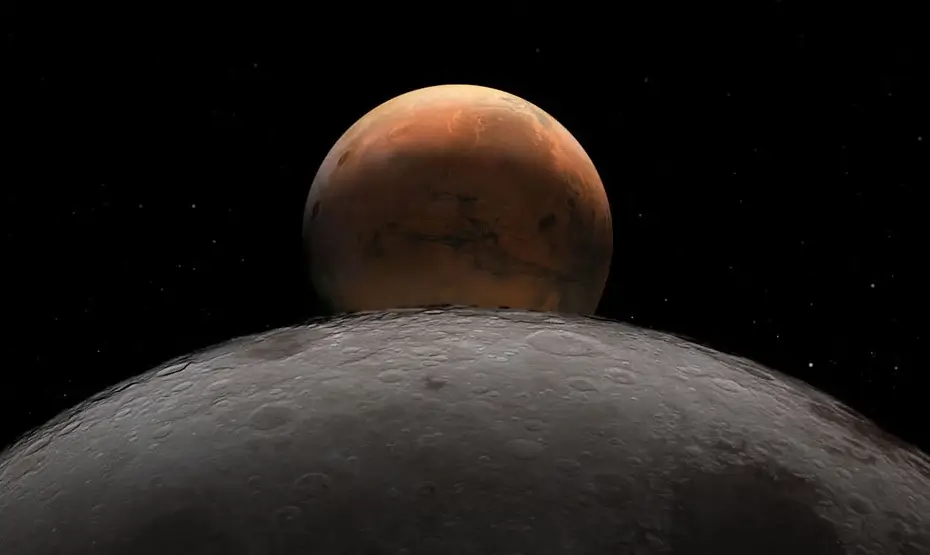Following two scrubbed launches this month, Relativity’s 3D-printed rocket GLHF (Good Luck, Have Fun) will get another attempt today. Launch window opens at 10pm EST, 03:00 UTC, with liftoff scheduled for roughly 10:30pm EST off of Launch Complex 16 at Cape Canaveral Space Force Station, Florida. Flight restrictions over the Space Coast goes into effect much earlier tonight at 8:30pm EST, 01:30 UTC.
The first attempt on March 8th ended due to propellant issues. Relativity posting to Twitter, "Today’s launch attempt for #GLHF Terran 1 was scrubbed due to exceeding launch commit criteria limits for propellant thermal conditions on stage 2."
Relativity later elaborating on the issue during their second attempt livestream, "During Wednesdays operations a ground equipment valve was malfunctioning. This prevented us from having adequate control over achieving the cold temperatures we aim for with our liquid oxygen."
Withe the latest on March 11 being scrubbed due to fuel pressure issues. Relativity describes on Twitter, "During abort #2: At T-45 seconds, we had an automated abort on stage 2 fuel pressure, which was only one PSI low.”
🧵 A quick breakdown of the reasons for our aborts during terminal counts today:
— Relativity Space (@relativityspace) March 11, 2023
GLHF is a two-stages Terran 1 rocket prototype printed by Relativity Space, a California-based aerospace manufacturer, and is designed to carry small payloads of up to 2,755 pounds into low orbit. Featuring 9 3D-printed Aeon 1 engines on the first stage and 1 3D-printed Aeon Vacuum engine on the second. Both powered by liquid natural gas and liquid oxygen. And towering at 110 feet, 33.52 meters, tall and 7.5 feet, 2.28 meters, wide, the GLHF stands high against the ocean backdrop along Launch Complex 16.
Its maiden flight seeks to be several firsts for the aerospace industry and prove that printed rockets are a viable option.
The launch of Terran 1 from Cape Canaveral, FL is a historic moment for our company. An entirely new approach to manufacturing was created to get our 3D printed rocket to the launch pad this week. So, what does a win look like? And what does it mean for the future of spaceflight?
Passing Max-Q would be a big inflection point. Why? Because it's the phase of flight where the structural loads on the vehicle are the highest, passing this point in flight proves our hypothesis: 3D printed rockets are structurally viable!
If we make it even further in flight to stage separation, we’ll have achieved a full first stage flight. That's another big accomplishment for the team. From there, we will attempt to light the second stage and get Terran 1 to orbit.
#GLHF’s launch will mark an important day for Relativity as we look to see years of hard work come to fruition. We're proud of our team's dedication and grateful to our customers, investors and partners for sharing our belief that just because it hasn’t been done this way before, doesn’t mean it can’t be!
- Relativity Space
Live broadcast of the launch from Relativity starts at 9:30pm EST, 02:30 UTC.
Copyright © 2023 Fotisi. All Rights Reserved.